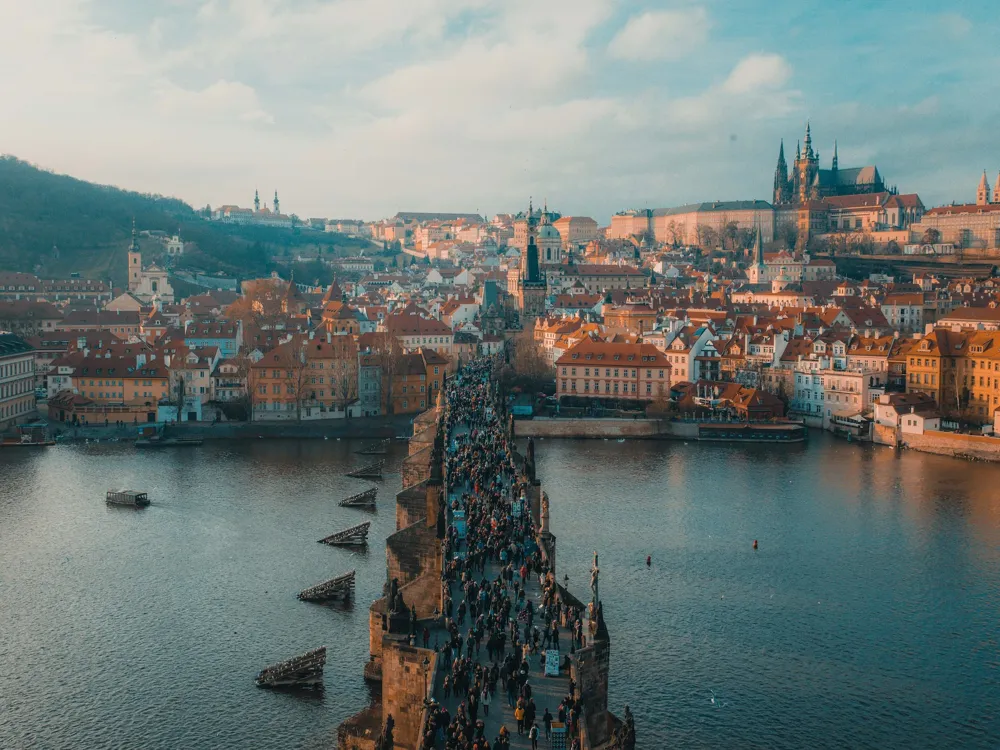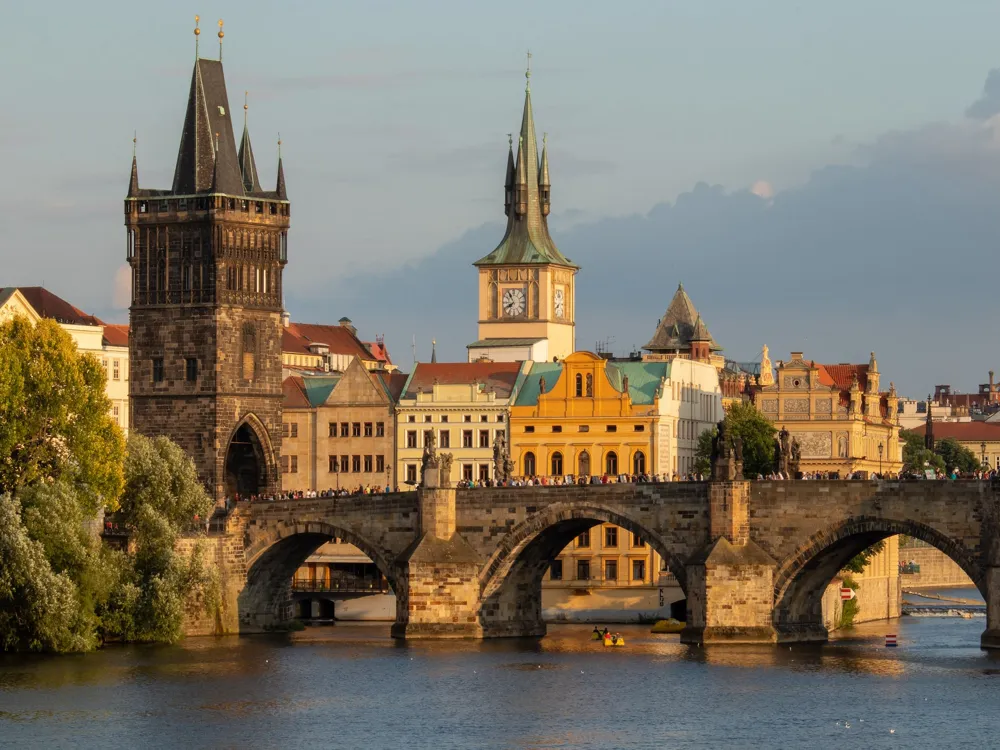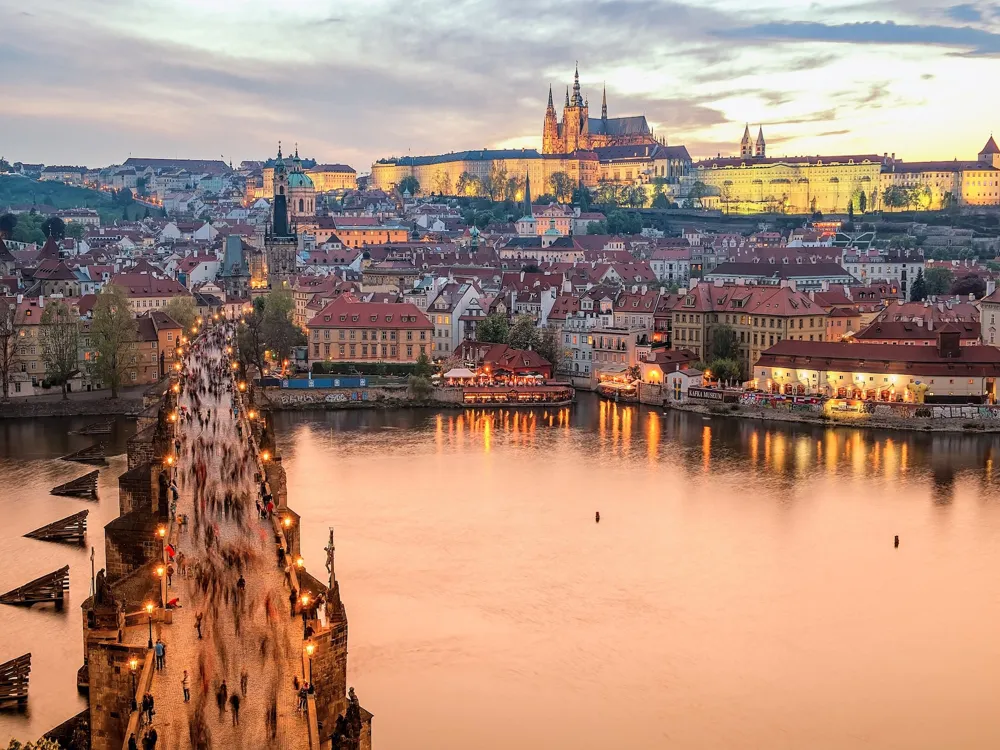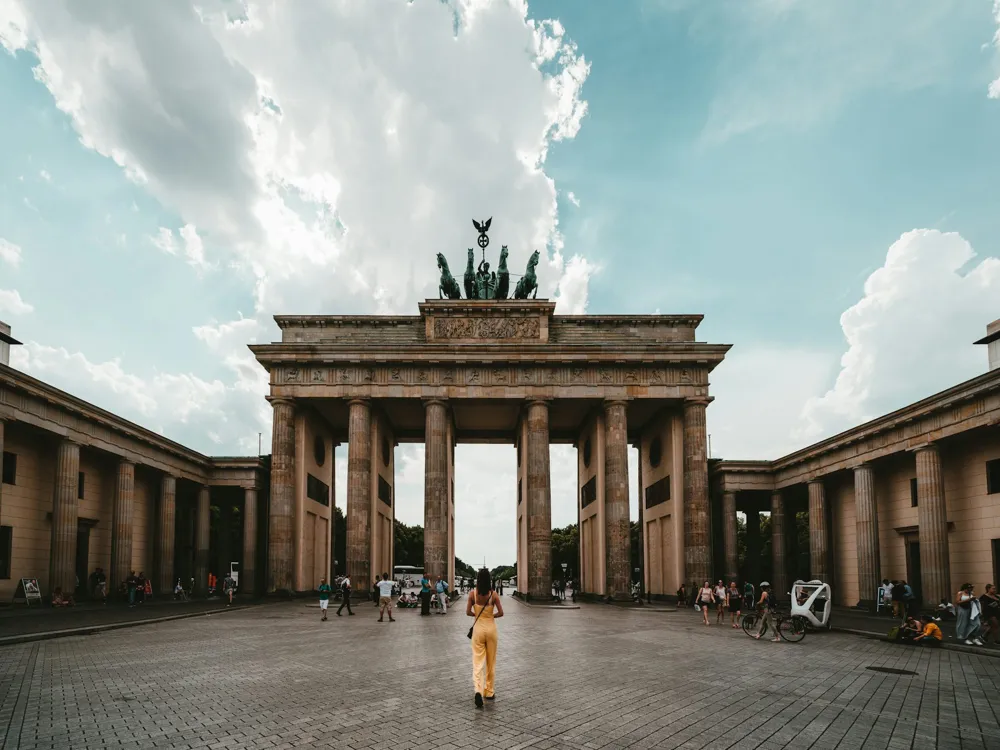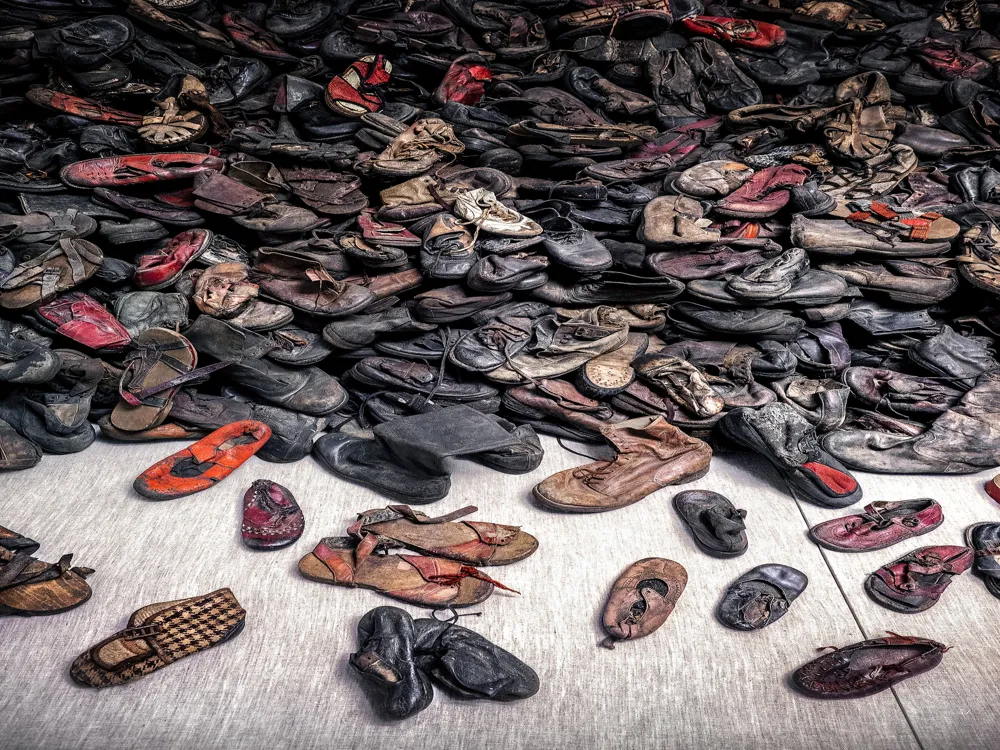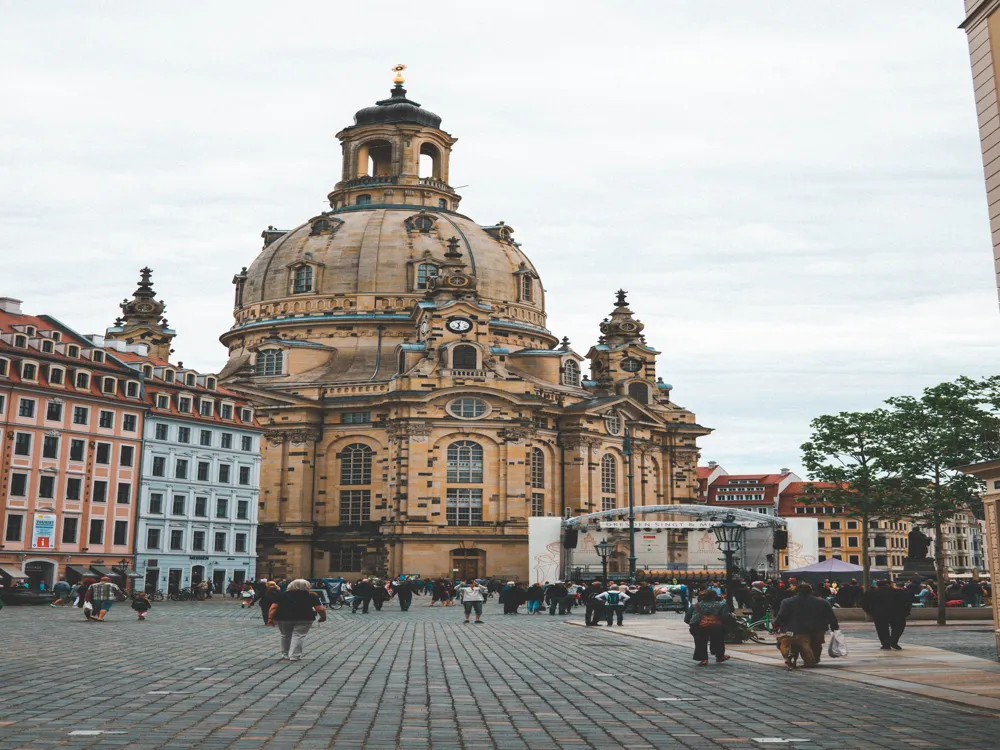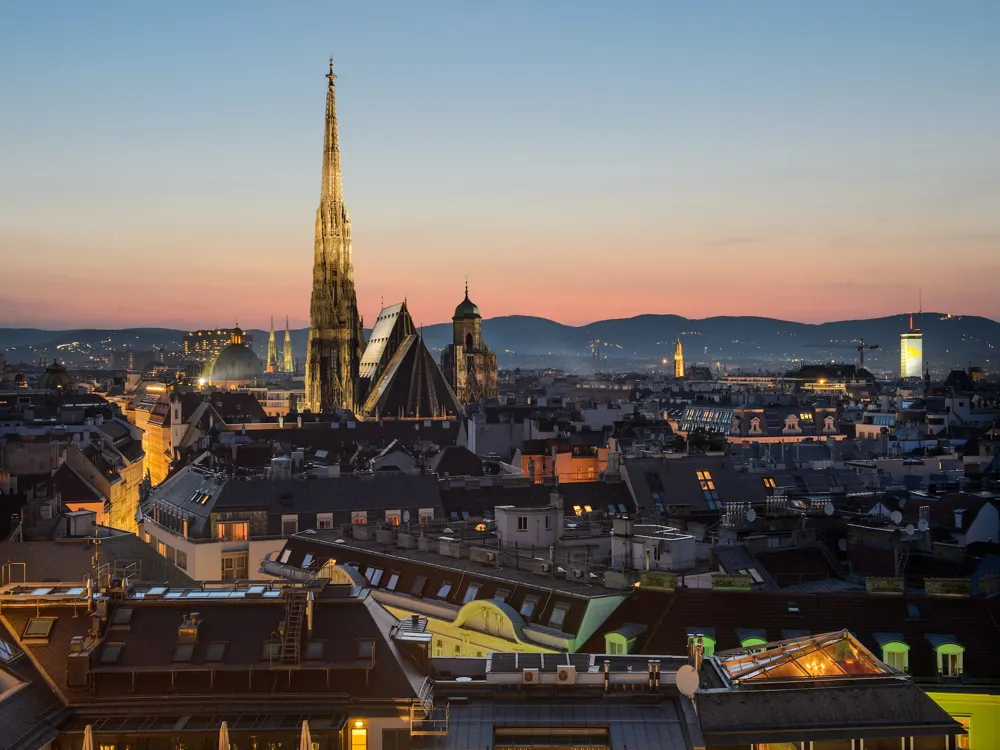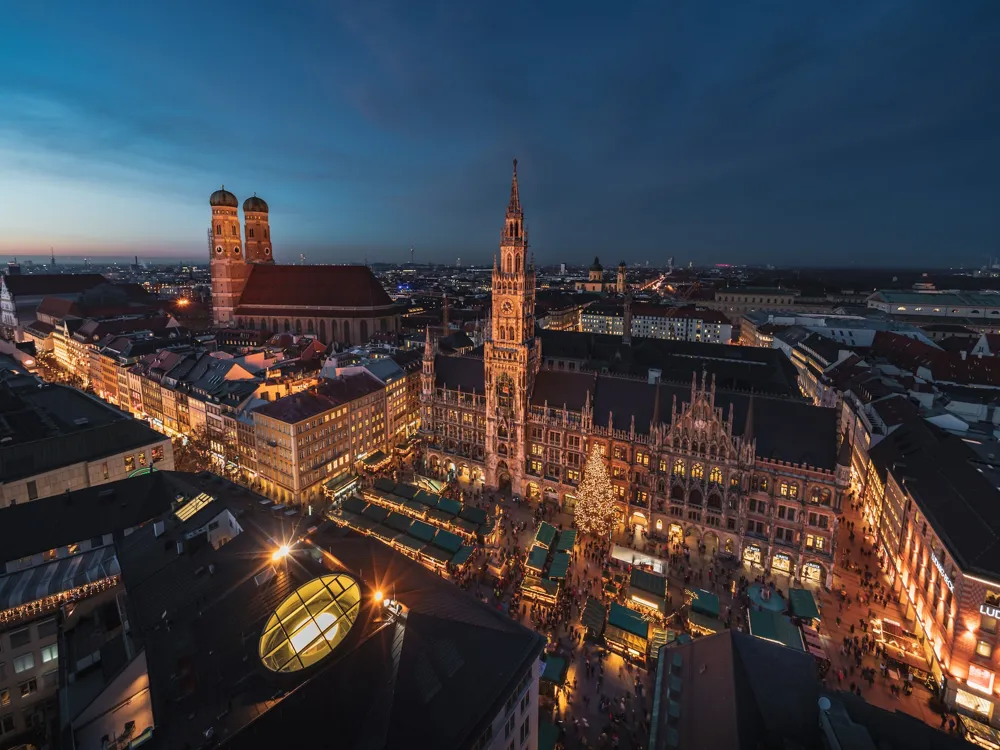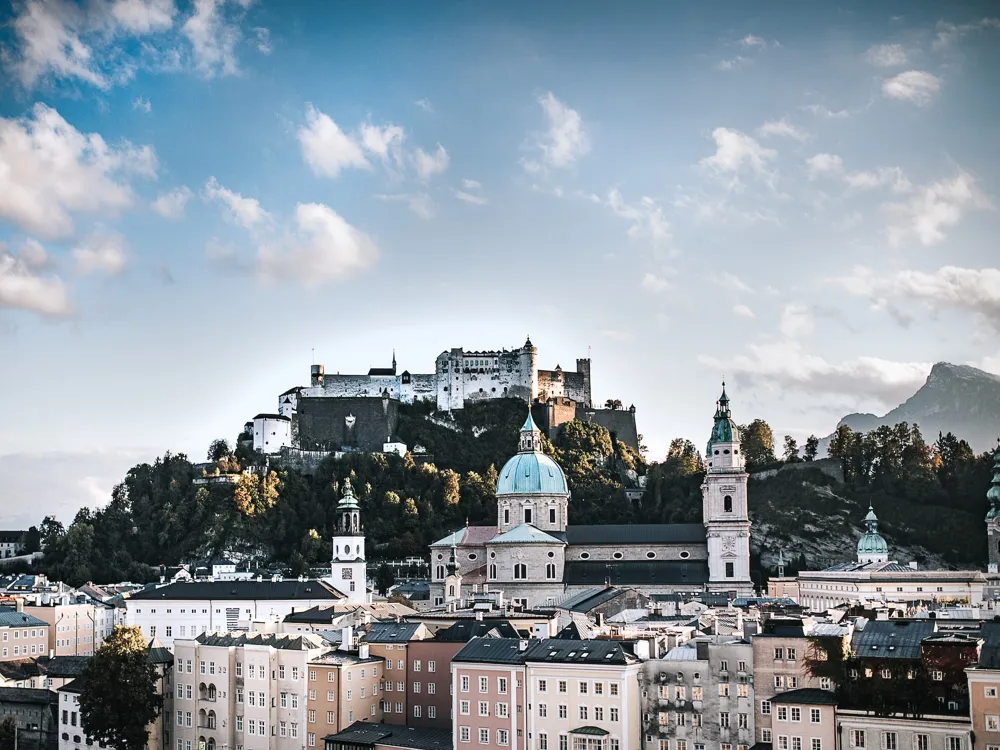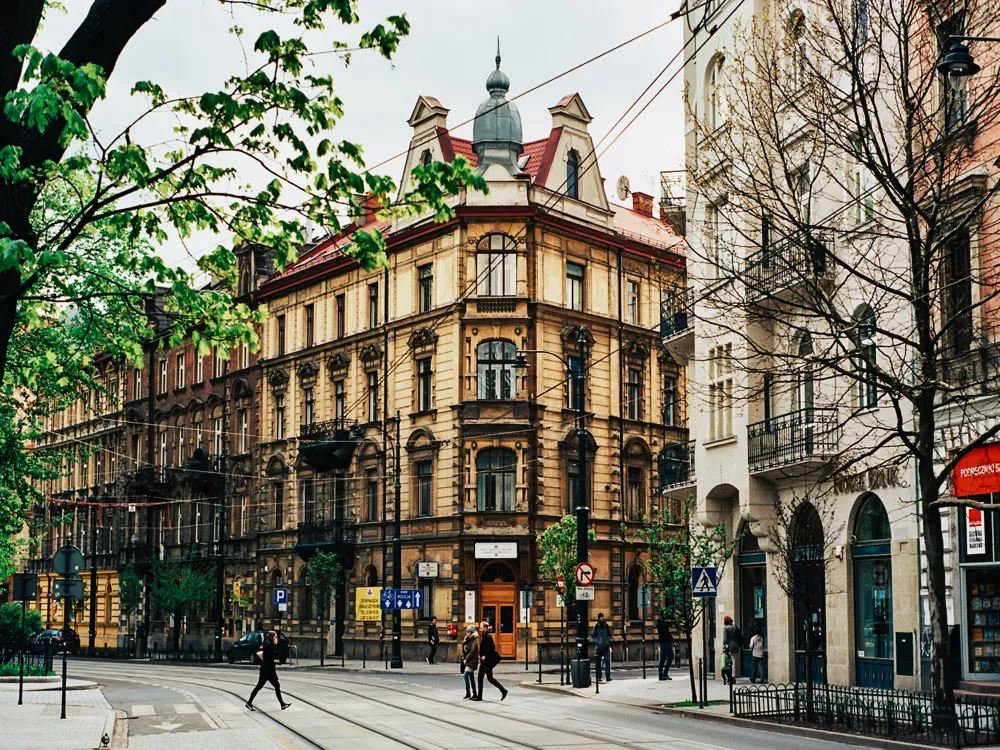Plan Your Travel To Prague
Places To Visit In Prague
Folimanka Park
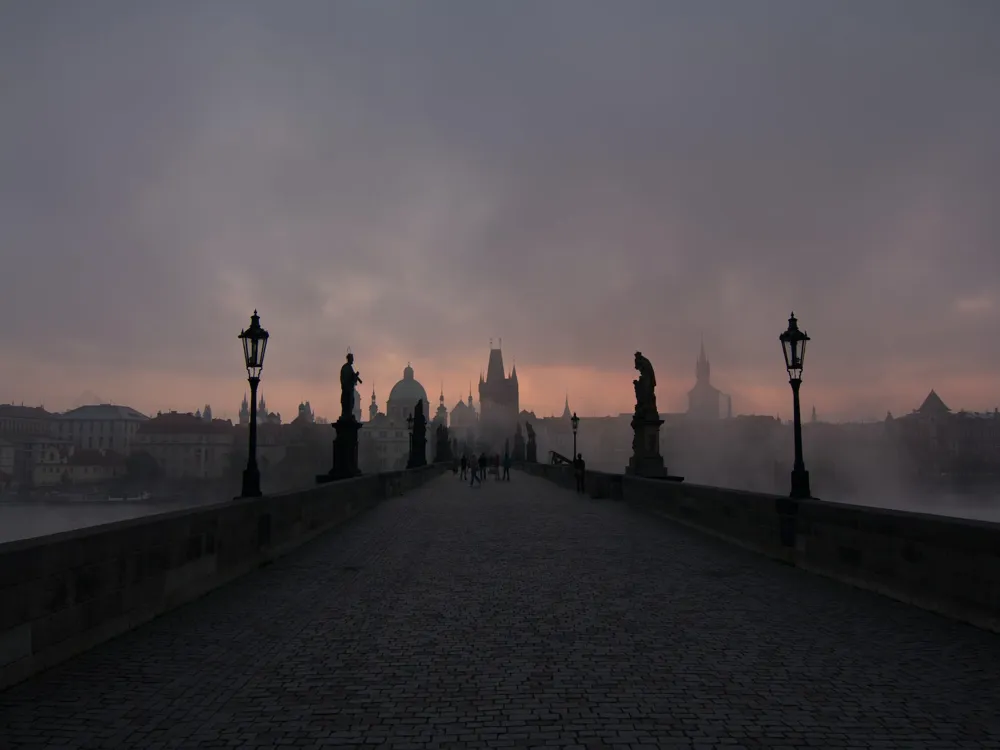
Folimanka Park is a one-of-its-kind park where once a former farmhouse and vineyards stood, at the border of Prague 2 and 4. It is named Folimanka in honour of Jakub Foliman, the first owner of an abandoned farm and vineyard. The park is encompassed by the Botic River, running parallel to it, and the magnificent medieval city walls of Prague. Despite its tiny size, it includes charming nooks and corners, two playgrounds, and free sports courts where you can play football with the kids or play hoops. In addition to the playground and modern-day elements, there is a fountain and modern play equipment for kids aged 1 to 8. A cable car and climbing structures are available for older kids.
Read More
Franz Kafka Statue
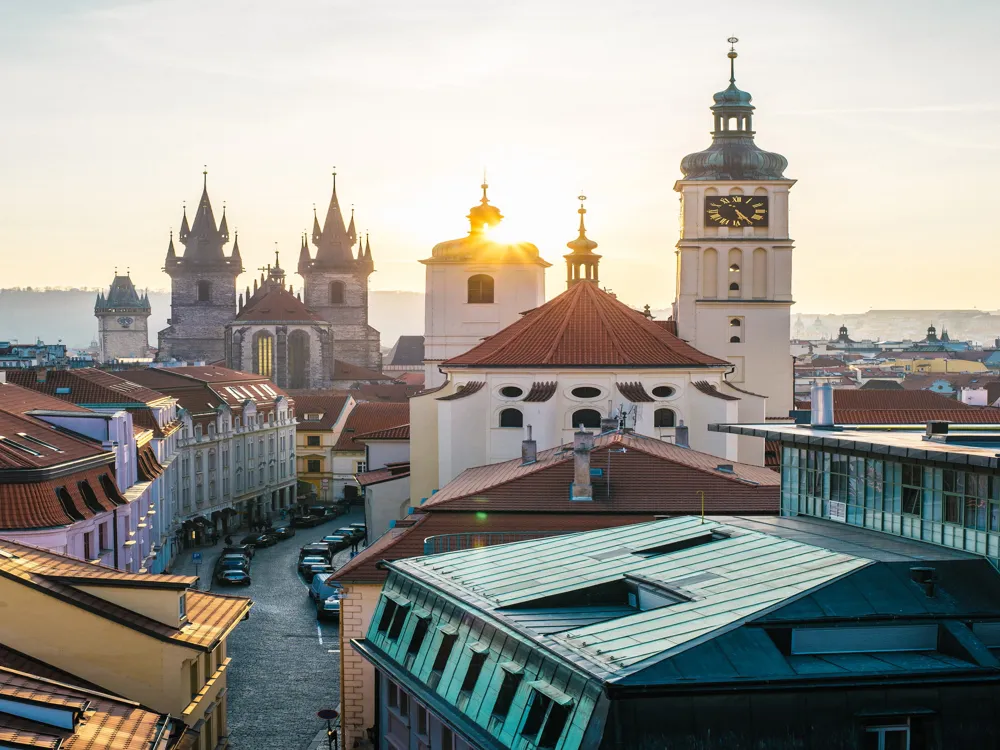
A little less than 80 years after his death, the Statue of Franz Kafka was the first commemorative tribute Prague installed to honour the city’s literary genius. Initiated by the Franz Kafka Society in the 1990s and finished by sculptor Jaroslav Rona in 2003, the bronze memorial statue stands in a small quadrangle on Dusni Street in the Jewish Quarter, the very place where Franz Kafka lived and wrote from. The statue depicts Franz Kafka seated on the shoulders of a headless figure wearing a suit, in reference to his 1912 short story ‘Description of a Struggle’ where the narrator sits atop the shoulders of an unknown ‘acquaintance’. The theme of the sculpture embodies the magical surrealism genre of the author’s work.
Read More
Gallery of Steel Figures
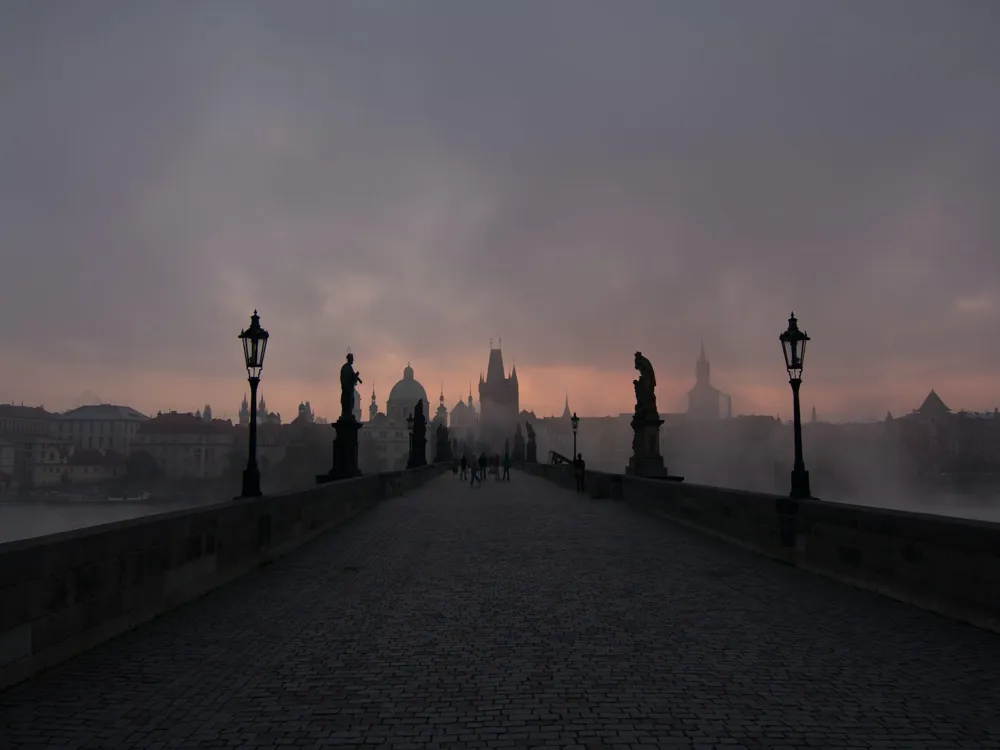
With around 600 grand sculptures on display, the Gallery of Steel Figures is a must-visit for all travellers who seek to explore the offbeat attractions in Prague. In a world overflowing with waste, this institution does its part by creating something beautiful from discarded metal. What started as a solution to the scrap crisis by Mariusz Jose Olejnik has now become a celebration of art spread over four galleries in Europe.
At the Prague gallery, one can find figurines of classic characters and structures from famous movies, comics, cartoons and books, as well as historical personalities and legendary automobile models. What makes the visit-worthy is that each figurine is unique and exclusively hand-made over months using no machinery and only basic tools such as a burner, hammer, trimmer and welding machine.
Read More
Hradcany

The Castle District, better known as Hradcany is a district in Prague. With a height of around 570 meters, Prague Castle makes for one of the biggest castles in the world. Located above the Lesser Town, opposite to Vltava River, Hradcany includes significant tourist attractions such as the Basilica of Saint George, the Royal Summer Palace, the Royal Gardens, Golden Lane, and numerous other striking iconic structures.
Hradcany is one of Europe's most popular tourist destinations, with most of its districts housing remarkable medieval churches such as Strahov Monastery, Capuchin Monastery, and other palatial buildings. When in Hradcany, not just walk around noble estates and palaces but also enjoy romantic strolls in small yet beautiful streets. Don't miss out on visiting Old Town, New Town, and Lesser Quarter for some of the best views.
Read More
KGB Museum
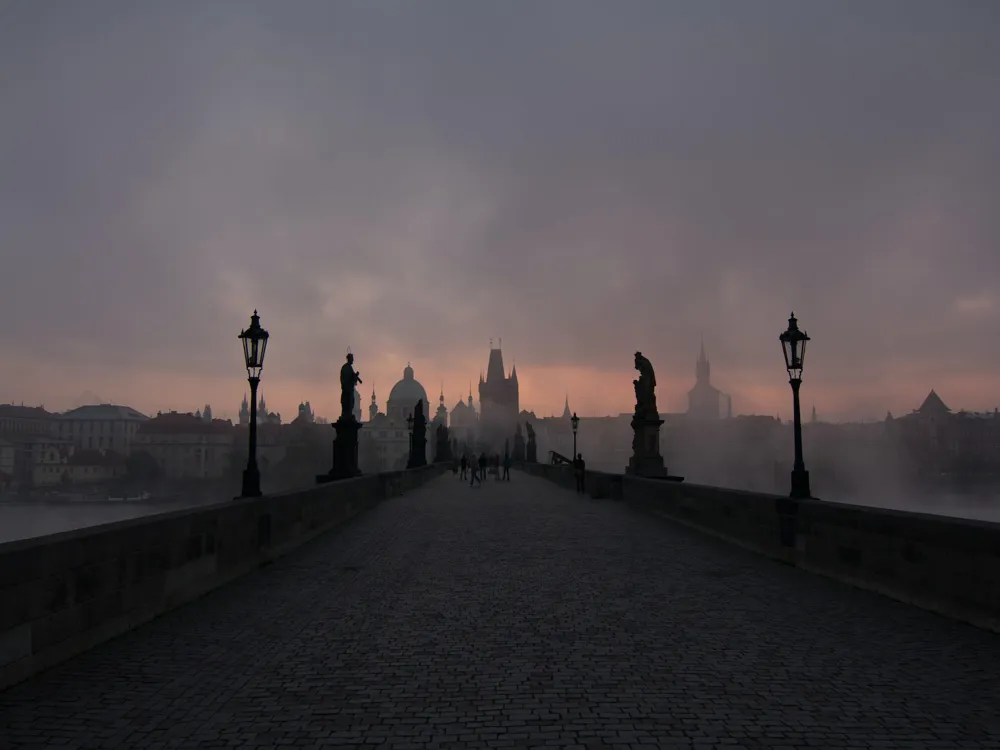
Located in Mala Strana (Little Quarter), the Museum opens to a two-room establishment, taking you through primarily Russian artefacts and memorabilia from the Second World War, cold war. The Museum was founded by a bunch of history enthusiasts who collected one-of-a-kind artefacts relating to the activities of the Soviet Secret Service. When the USSR was split up into numerous independent governments, there was chaos and a lack of authority over many state museums.
Many rare exhibits were preserved from looting, destruction, and recycling, thanks to the Chernyy dozhd group. The tour through the Museum sets off with a propaganda film of the victory parade in Red Square and continues to display spy devices, military gear, and uniforms. This Museum is a must-visit as it's the first time that the former relics of the heads of the Cheka, NKVD, GPU, OGPU, MGB, and KGB, the Soviet Secret Police agencies are being showcased in the history of the globe. Please note that the tickets are not sold online, and only group entries are allowed.
Read More
Kutna Hora
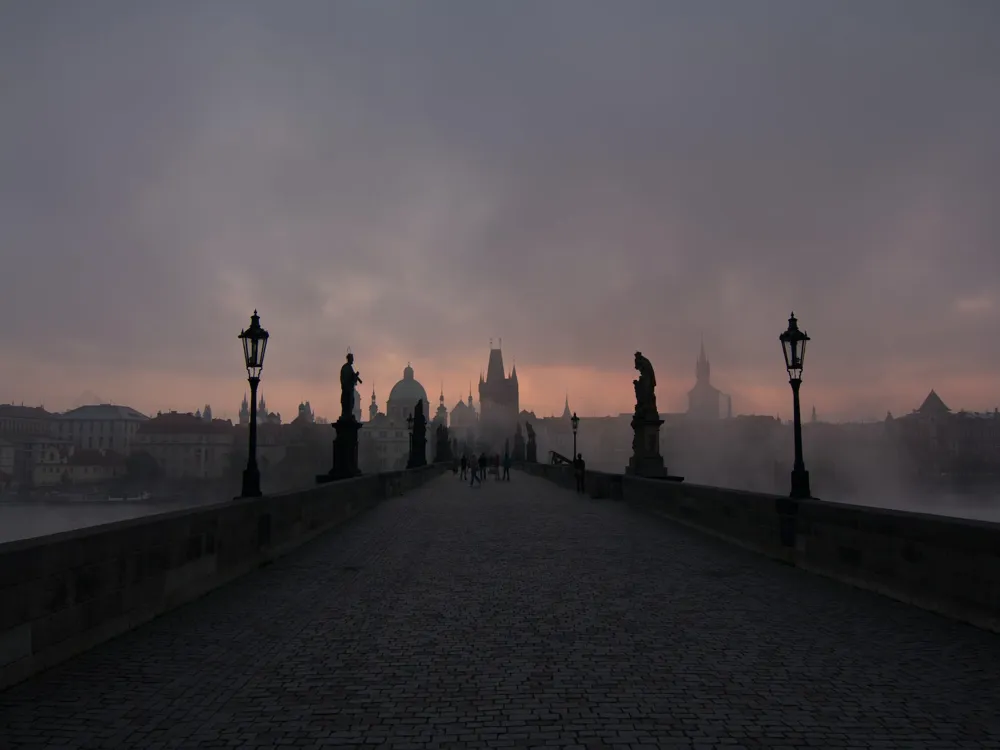
The town of Kutna Hora in the Central Bohemian Region of the Czech Republic is a torchbearer for European architectural excellence. Once prosperous during the reign of Bohemia’s King Wencelas II due to the abundance of silver ores, Kutna Hora is now a UNESCO World Heritage site. The Sedlec Ossuary, a chapel made of human bones beneath the Cemetery Church of All Saints, is the town’s biggest attraction. The Gothic Stone House, now serving as a museum of silver, is another notable destination in Kutna Hora. The Italian Court, the Plague Column, St. Barbara’s Cathedral and several other Roman Catholic churches are worth visiting in the town as well.
Read More
Letna Park
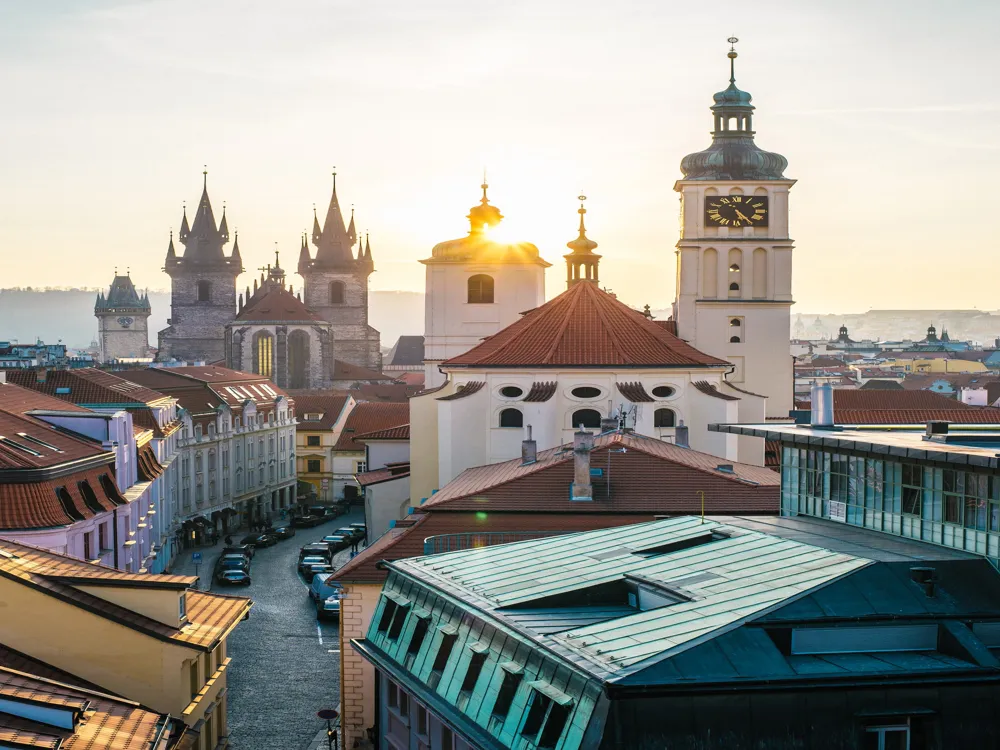
Letna Park is located atop Letna Hill, overlooking steep embankments along the Vltava River. The name refers to a place to enjoy the sun, and indeed Letna Park now is a spot for leisure and recreation for children, teens, and families alike. A vivid assortment of bushes and tree-lined avenues, Letna Park also houses Hanavsky Pavilion - a cast-iron building with a restaurant and a magnificent view of Prague Old Town. However, the park has seen its fair share of historical events. From demonstrations against the Communist regime during the Violet Revolution to protests demanding the Prime Minister to resign amid criminal charges, Letna Park has seen it all. From 1955 to 1962, the park was home to an enormous monument of former Soviet leader Joseph Stalin. On the plinth left vacant after the statue’s demolition now stands the Prague Metronome, which marked the commencement of a new era. Letna Park also saw ‘King of Pop’ Michael Jackson kick off the famous HIStory World Tour with more than 130,000 people attending.
Read More
Lobkowicz Palace
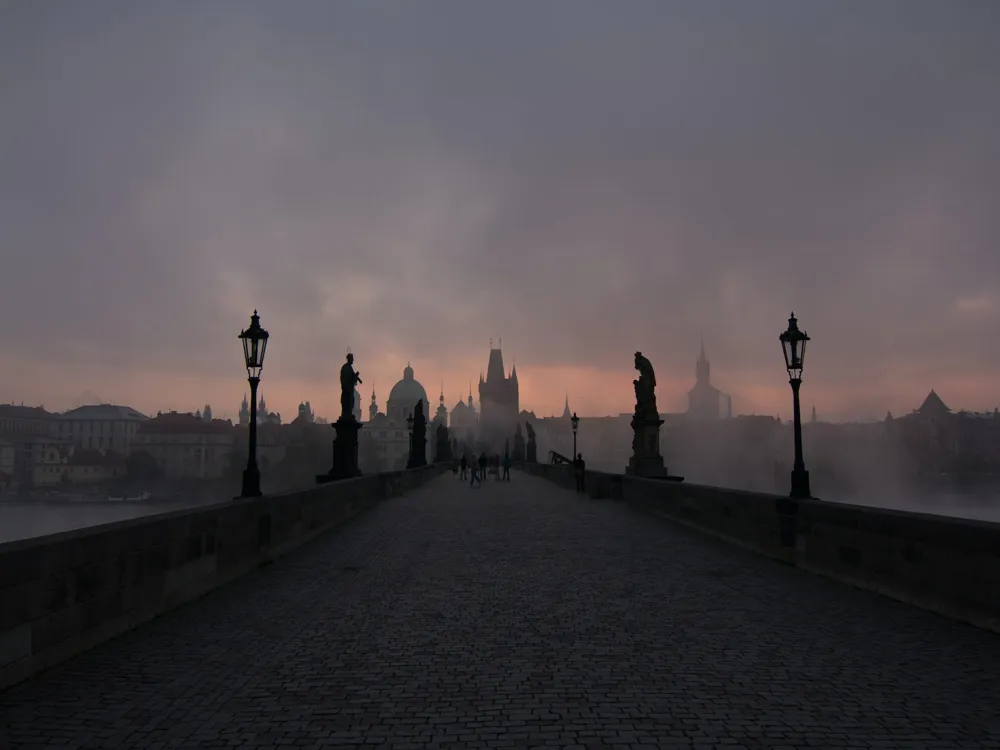
Built sometime around the second half of the 16th century by two Czech nobleman brothers, the Lobkowicz Palace opened in 2007 as a museum within the Prague Castle complex. Spread over 22 galleries, the museum is a UNESCO World Heritage site and displays one of Central Europe’s most comprehensive socio-cultural assemblages, the Lobkowicz Collections. The House of Lobkowicz is a Czech noble family dating back to the 14th century and known to have sponsored the musical maestro Beethoven. After losing properties in the pillages of Second World War, a large number of the family’s estates were restored to different heirs following the Velvet Revolution of 1989, which included this museum and the collections therein.
More than 1,500 paintings, including works of Pieter Bruegel, Canaletto, Veronese, Velazquez, and Rubens, rare ceramic pieces like the largest-surviving 17th-century Delft dinner service in the world, and unique arms and weapons used for hunting parties in the 18th-20th century are part of the collection. However, the museum’s main attraction is the Music Archive, where one can find a spectacular collection of instruments, manuscripts, and hand-annotated works of Mozart, Beethoven, and other world-famous classical and baroque composers. The library, which is the oldest and largest private collection in Central Europe, is a must-visit as well. The museum also offers an exclusive one-hour programme where select creations of musical geniuses such as Bach, Vivaldi, Mozart, and Beethoven are performed. The hall for the concert features a classical piano and more exquisite art pieces, while seats are laid out under a 17th-century fresco ceiling.
Read More
Obecni Dum
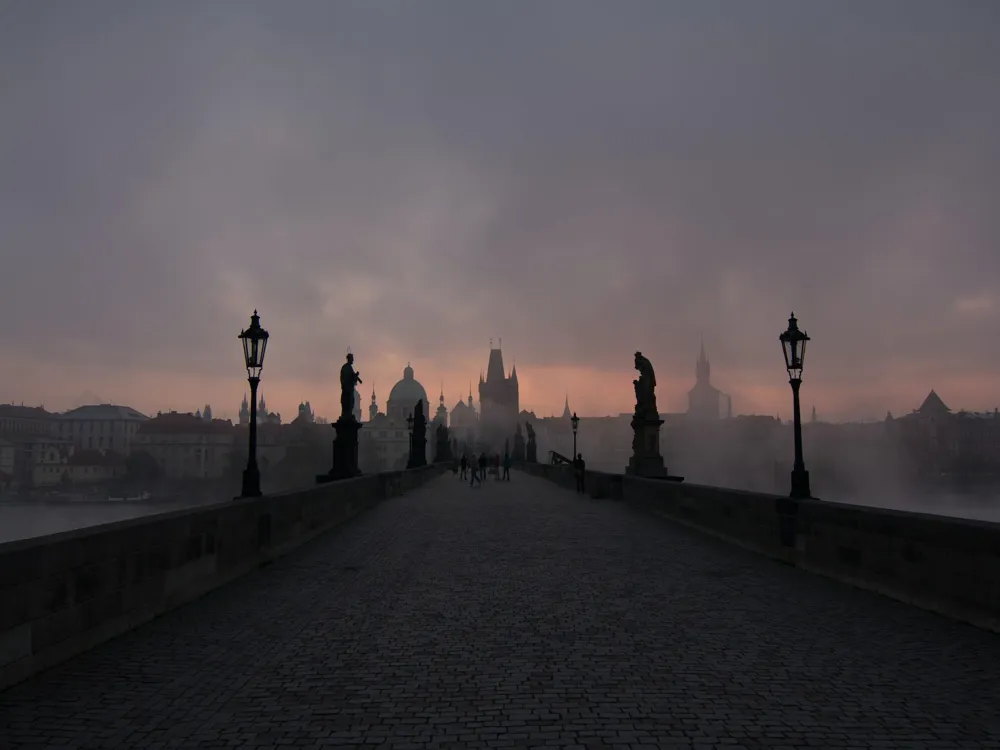
Located on Namesti Republiky next to the Powder Gate, the Municipal House of Prague, known as Obecni Dum in Czech, is a building of immense importance. The historical significance of Obecni Dum is woven into the fabric of Prague’s socio-cultural background, as it houses Smetana Hall. Now one of Prague's largest and most-celebrated concert halls, Smetana Hall is also the location of Czechoslovakia’s proclamation of independence in 1918 from the Habsburg Austro-Hungarian Empire. The building comprises several other majestic halls, parlour rooms, a cafe, an American bar, a wine bar, a couple of restaurants, and recreation rooms worth paying a visit. Rebuilt between 1905 and 1911, the Municipal House stands on the spot of the Royal Court Palace, resided by the King of Bohemia between 1383 and 1485. A reflection of Art Nouveau architectural style, Obecni Dum has on display artworks, sculptures and murals by eminent artists such as Alfons Mucha, Ladislav Saloun, Jan Preisler and more.
Read More
Old Jewish Cemetry
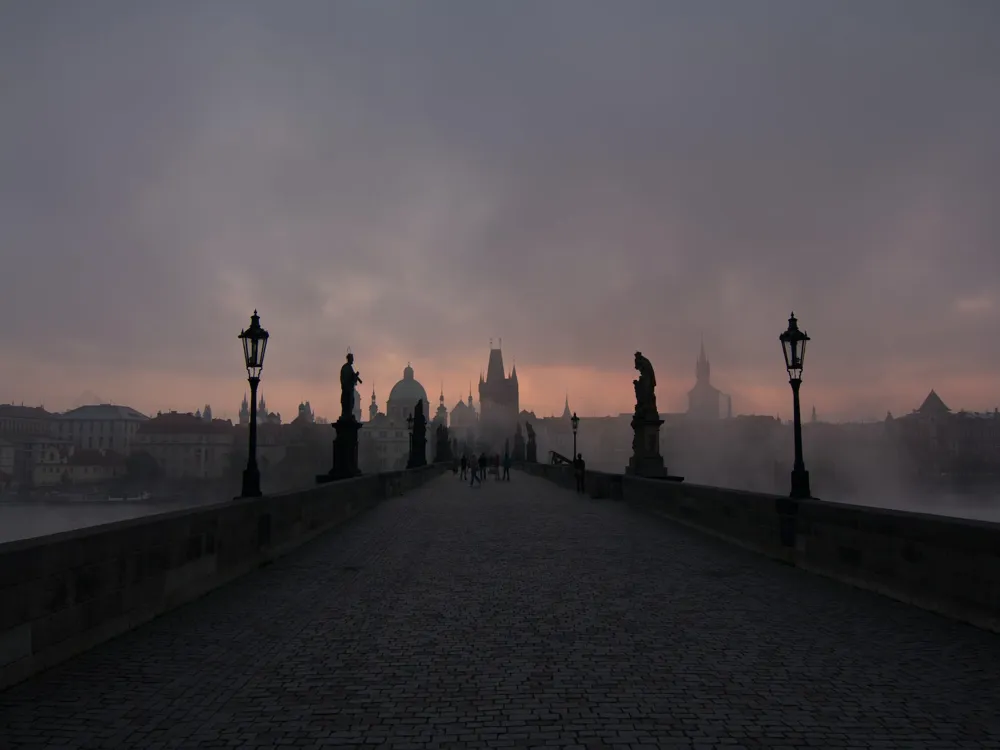
The Old Jewish Cemetery is located in Josefav, Czech. This is one of the most significant Jewish historical monuments in Prague and one of the greatest of its kind in all of Europe. It served its purpose from the early half of the 15th century until 1786. Businessman Mordecai Meisel, historian David Gans, and rabbi David Oppenheim are the prominent local Jews buried here. The Jewish Museum in Prague is currently in charge of running the cemetery. The cemetery has upwards of 12,000 headstones, but it is estimated that up to 100,000 people are buried beneath them! The Jewish custom forbids the removal of old graves; thus, the deceased were piled on one another for decades.
Today, the visitors can pay their respects to the hundreds of people buried there. The gravestones are topped with hundreds of pebbles and prayers scrawled on tiny pieces of paper. Poems, toys, artwork created by kids during the Nazi occupation, and more can be found in the auxiliary museum. Please note that the Jewish Quarter and all Jewish institutions and attractions are closed on Saturdays (Sabbath) and Jewish holidays. Also, note that there are long-waiting queues here to view the cemetery and the waiting could go up to an hour or so.
Read More
Prague Travel Packages
View All Travel Packages Prague
Nearby Places Prague
Browse Package Collections
Browse Hotel Collections











